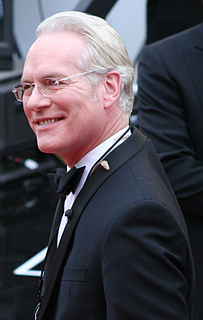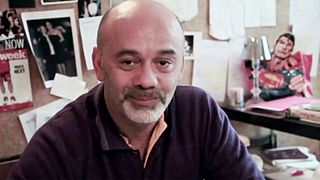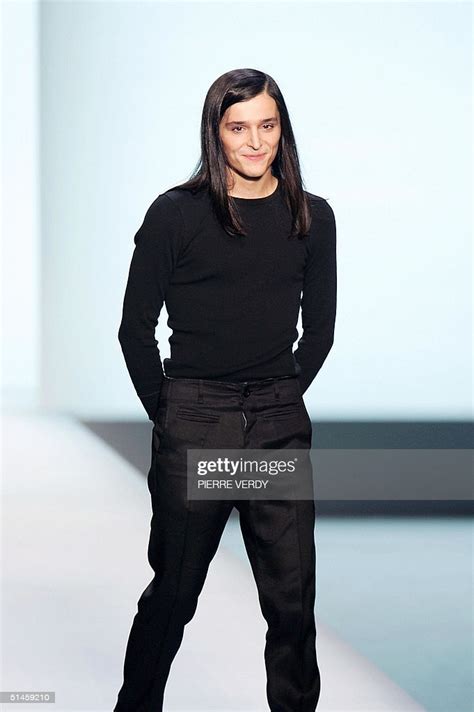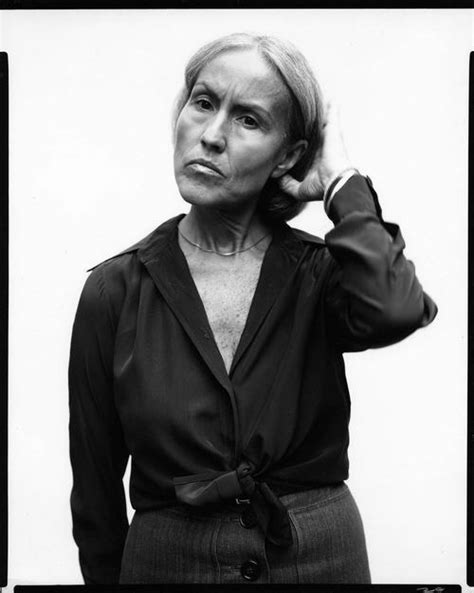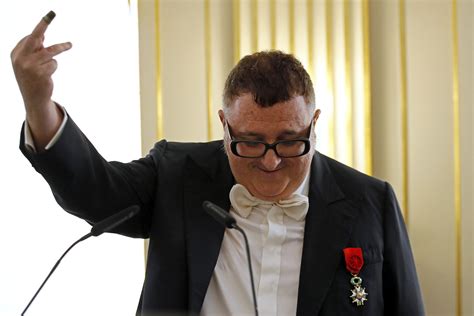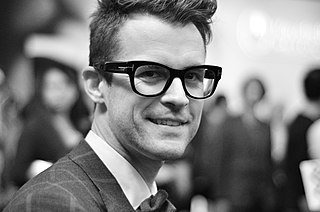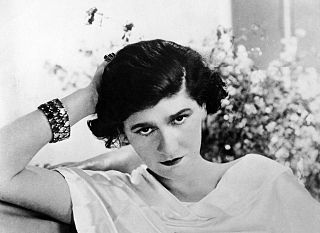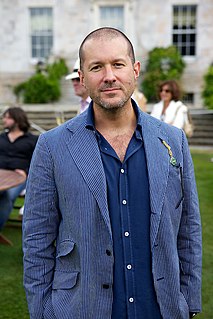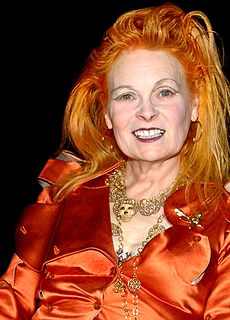A Quote by Vera Wang
Design is about point of view, and there should be some sort of woman or lifestyle or attitude in one's head as a designer.
Related Quotes
I started at the very highest level so the upper end is something I know very well. I know it instinctively. But all the years I was designing, it frustrated me that I could reach so few women. Design is about point of view, and there should be some sort of woman or lifestyle or attitude in one's head as a designer. So my being able to reach the masses was something that meant a great deal to me - especially for women who could never wear Vera Wang.
Everybody you work with sees what you're doing from a different point of view, a very specific point of view. So, if someone is lighting, they're seeing it from that point of view. A production designer is seeing it from the placement of furniture that tells you about the character. Everything that goes into the room should tell you about the person who lives in that room.
I believe that it's very important to get to know people with whom you can have a substantive dialogue about design and its development. In addition, read everything about fashion that you can get your hands on. A palpable point of view is what makes a designer, so you need to be confident about yours.
[While designing] I'm mixing two lines of thought really: me as a designer for women and then me as a man. At the start of the design process it's the designer for women that comes to the forefront - sketching and revising the silhouette. Then the man comes into the picture - and I look at the shoe from a very masculine point of view. Then there is a conflict between the two sides of me. Sometimes the man wins, and sometimes the designer wins.
Constrained optimization is the art of compromise between conflicting objectives. This is what design is all about. To find fault with biological design - as Stephen Jay Gould regularly does - because it misses some idealized optimum is therefore gratuitous. Not knowing the objectives of the designer, Gould is in no position to say whether the designer has proposed a faulty compromise among those objectives.
The products we design are going to be ridden in, sat upon, looked at, talked into, activated, operated, or in some way used by people individually or en masse. If the point of contact between the product and the people becomes a point of friction, then the industrial designer has failed. If, on the other hand, people are made safer, more comfortable, more eager to purchase, more efficient-or just plain happier-the industrial designer has succeeded.
If you've taken the job to be the stylist for a collection, then I think it's important for you to really listen to the designer and look at the board. Look at the wall, look at what the designer is interested in, and then move on to that. But the designer also must not lose sight of the reason for their point of view. Otherwise it won't come across.


